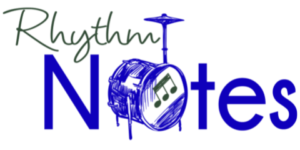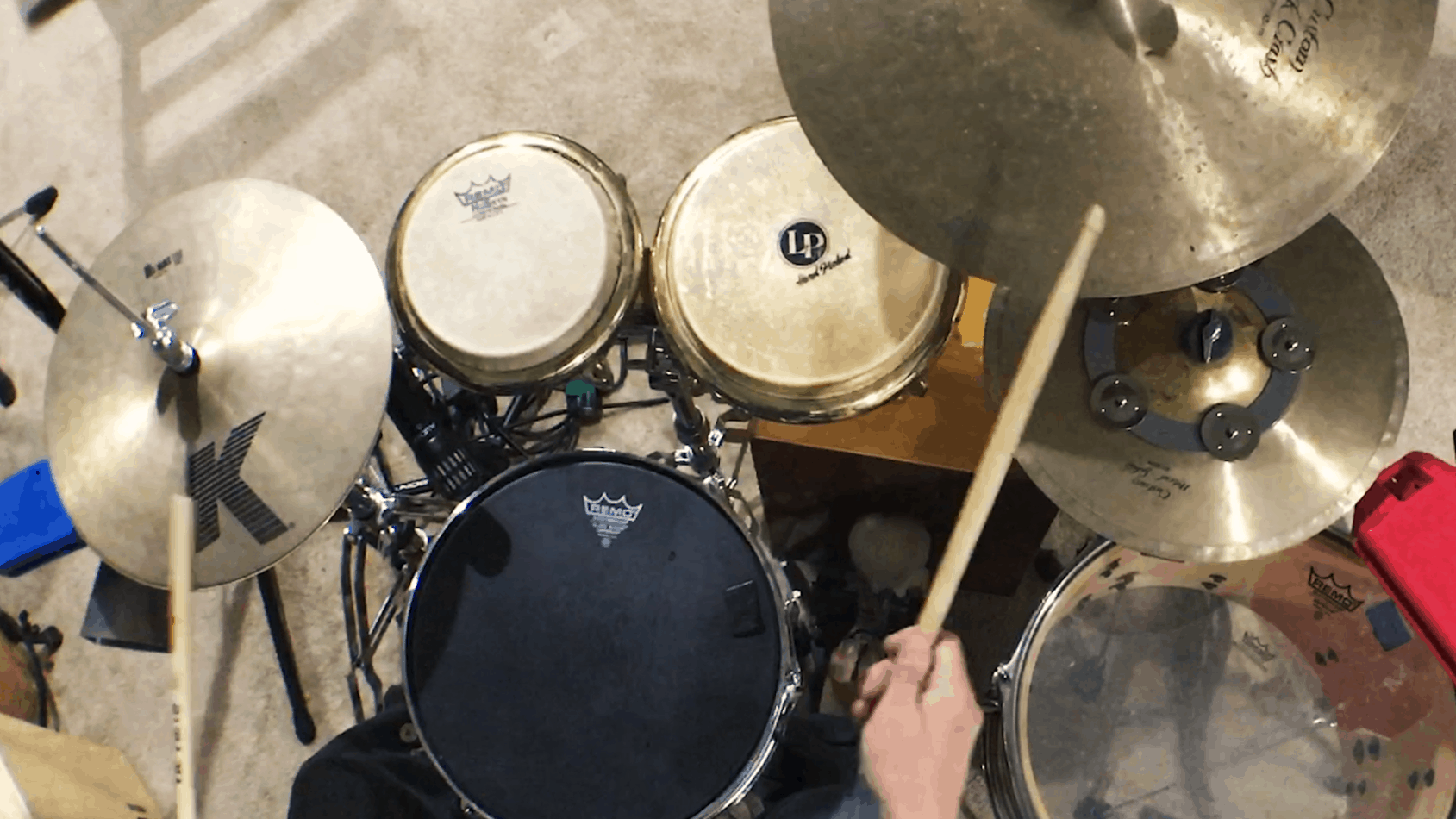Getting called to play cajon on a gig is not always easy for a drum set player to accept. This is a call I’ve fielded for many years now, and I’m always left with the same question: What will it take to build a cajon drum set?
A cajon drum set has a couple standard components. The cajon needs to be converted into a kick drum, and you’ll need a small snare drum to honor the limited footprint. Add percussion and cymbals to round off the kit, and you’re almost ready for the gig.
The kinds of gigs that call for a cajon are usually quieter rooms or acoustic groups, so make sure you address those needs. Perhaps this means you’ll need to be prepared to not set up as many drums or percussion instruments. It may also mean that you configure the hardware to accommodate the limited space on stage.
The following list of items includes many of the things that I bring on a gig that calls for cajon. Not every item is essential, but they really come in handy when trying to make music over the course of an hour or two.
1. Cajon
The cajon is the most essential piece of the cajon drum set. It’s a wood box drum with a solid frame and a thinner piece of wood on the face. Drummers use a variety of strokes to make high and low sounds that fit the song’s groove.
For information about how to play cajon, this article includes lessons on technique and different patterns.
Cajons are made by hand in countries like Peru and in more industrial processes by several drum manufacturers. The three brands that I see most often include Meinl, Pearl, and Latin Percussion (LP).
Meinl actually makes a BassBox. It’s a small stomp box with an L-shaped kick drum beater. The box has a pedal receiver that fits most standard pedal types, and it’s small design fits into tight setups. It would be good for guitarists who want to add some stomp, and it sounds big with a mic on the sound hole.
I use a full cajon because sometimes the cajon is the only drum I can set up. In those cases, playing it with hands or other implements might be the only option. For example, the jazz singer accompaniment in a corner of a coffee shop entrance way is an extreme situation of limited space.
2. Pedal Mount
Since the cajon is the kick drum, you’ll need a proper way to connect the pedal. You can go about solving this problem one of two ways: (1) buy hardware to connect a kick pedal, or (2) make your own pedal mount.
My most recent cajon drum set was made with a Gibraltar hardware bracket (image below) designed to clamp onto the cajon base to receive a kick pedal. The pedal receiver, a plate on the attack side of the drum, wasn’t thick enough for some of my Pearl kick pedals. I added some rubber strips with adhesive to improve the grip. You could use almost anything for this issue.
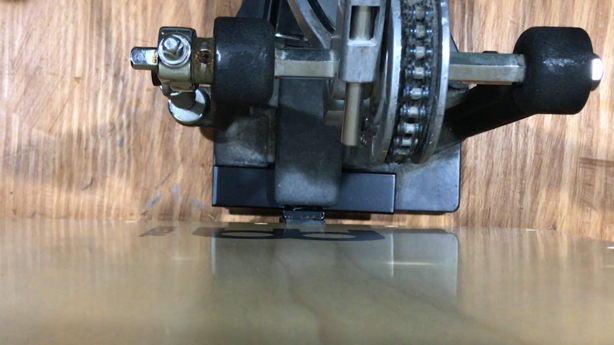
I don’t recommend spending too much money on the pedal mount clamp. If you want something more substantial, buy one of the many pedals designed for converting your cajon into a kick drum.
3. Pedal Options for Cajon
Cajon kick pedals come in a variety of designs. Some attach to the cajon with the batter side facing the player, like a regular kick drum. Yet others allow drummers to sit on the cajon and use a pedal to strike it, making nice bass tones.
The pedals that allow players to sit on the cajon are either activated with the heel or with the toes, like a regular kick pedal. Sitting on the cajon allows you the option of playing the drum with your hands, as well as the ability to save setup space and place other drums where the kick drum would be.
You can get a pedal made by Meinl, DW, LP, or Gibraltar, among others. But most importantly, you need to decide whether you’d rather sit on the cajon or not. You also need to decide whether you want to play it with your heel or toes. The answers to these questions will affect your cajon drum set design.
4. Cajon Kick Drum Beater
A regular kick drum beater does not work as well on a cajon. The force is too focused, and it misses the resonance of the drum that comes from the palm of your hand striking it.
Luckily, manufacturers like Vic Firth, Meinl, and Gibraltar make beaters designed for cajon kick pedals. I use the Vic Firth beater, and it sounds great. But I am definitely curious about the different beaters Meinl makes.
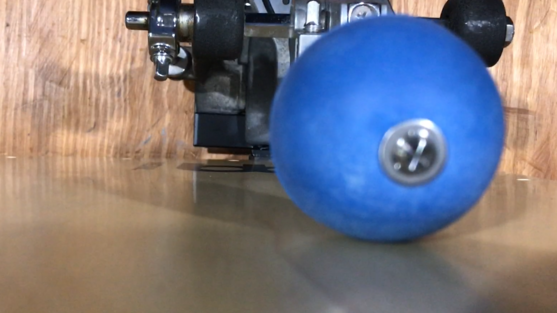
Meinl has a jingle beat, regular beater, and a soft beater. The jingle beater even comes in an L-rod for the BassBox. I would think that the jingle L-rod would sound good on the Meinl SnareBox.
I still use a DIY beater once in a while. It was a standard soft kick drum beater with a piece of egg crate foam stapled to it. Then I placed a sock over that and fastened the sock to the rod with a zip tie. It still works today and acts as my soft beater.
5. Brushes and Cajon Sticks
I love the Meinl cajon brushes. They add another “chicky” timbre to the overall sound that does well to replace the cymbal or shaker sound. One of the features includes being able to adjust how tightly the thin nylon rods are grouped together with a couple of rings.
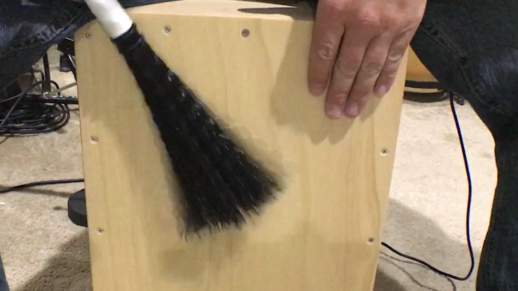
Try playing with one cajon stick and a shaker or another hand on a conga. The grooves that you can make with one cajon stick and an open hand for other percussion possibilities opens many doors to new sounds that balance the overall groove coming from your cajon drum set.
6. Snare Drum
A cajon drum set can be built with any snare of your choosing. I often use a 12 inch Pearl Firecracker snare with good results. But you could also use a smaller snare that mounts to a hi-hat or percussion stand.
The mountable options are either a conventional drum head or cajon snare made of wood. Both Meinl and LP make wood cajon snares, but they are less versatile when the group gets louder than acoustic and vocal instrumentation.
I like the Meinl timbale snare because it mounts to my hi-hat stand, it’s small, and it still sounds like a snare. Plus, you can play it with a variety of sticks or brushes to achieve so many different sounds.
The link to the Meinl timbale snare, among other cajon drum set products, is on the Kit.com link at the beginning of this list.
Although this next option is a bit more unconventional, you could try the Meinl SnareBox. Like the BassBox, it’s struck with a kick pedal beater. This frees your hands to play other instruments, like guitar or hand percussion.
7. Wearables
You can strap tambourines, shakers, and castanets to your hands and feet. Meinl makes the best variety of these wearables, include a few different types of jingles that produce different sounds.
Depending on how you’ve configured your cajon drum set at this point, you may want to use a wearable. Perhaps you want a tambourine or shaker for your foot to add more timbres to an acoustic accompaniment. The options Meinl offers are my go to for finding the next drum kit add on.
8. Seat
Have you ever sat on a cajon for two or three hours? If you’re not used to it, you’ll feel it the next day. That’s why a seat is essential for making it through those long practice sessions or gigs.
Both Meinl and LP make seat tops that fit most cajons. I use the Meinl seat top because it’s not as thick as the LP seat. I just needed a little help and didn’t want it to feel too different than sitting on the cajon without extra padding.
9. Side Bags
Most gigs need more than just cajon. You’ll find yourself picking up a shaker or using different implements on your cajon. But it’s not always easy to pick things up or place them down.
Sometimes I use a percussion table, but that’s not always necessary or even feasible for every gig. The side bags come in handy for sticks, brushes, shakers, and even my wallet when it’s uncomfortable in my back pocket.
The Meinl side bags also come with a built in pad for a seat.
10. Case
Cases are crucial for an instrument like cajon because it’s very portable and likely to be transported to different places. Whether you’re playing around the campfire or on weekly gigs, having a nice case makes a difference for convenience and long-term care for the instrument.
Most manufacturers make cases of a variety of styles and sizes. Cases come with backpack straps, thicker padding, and pockets for random stuff you may need on the gig.
Bonus: Microphone / cajon pick up
Microphones aren’t always required to sound good. But if you need to mic your cajon, consider using a kick drum mic to get the low frequencies and a small diaphragm dynamic or condenser to fill out the mid-range frequencies and top end.
I use a Shure Beta 91 inside the cajon and an SM57 or 81 out front. Be careful with this approach because it requires someone operating the board who knows what you’re trying to achieve.
Further, be open minded to new ideas about mic choice and placement. I learn a lot from sound engineers who know their rooms and gear a lot better than me. In fact, more than half of what I know about microphones has come from listening to sound engineers over the years.
If you want something designed specifically for a cajon, check out the Meinl Cajon Preamp / Pickup. It clamps to the outer edge of the sound hole and volume and tone controls. It also includes a phase reverse switch, which could be helpful if you have other microphones picking up your cajon.
Final Thoughts
Playing cajon with your hands is awesome enough, but sometimes you have a performance situation in which the space or instrumentation requires less than a drum set. You could convert a floor tom into a kick drum, or you could stick the cajon and make it the kick drum on a cajon drum set.
